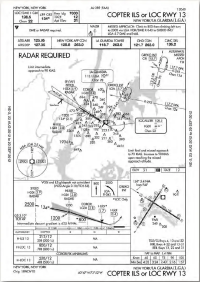chrisk
Gyroplane CFI
- Joined
- Jun 5, 2015
- Messages
- 440
- Location
- Round Rock TX
- Aircraft
- Magni M24, Turbo Mooney 231
- Total Flight Time
- 1000
The discussion on "safer pattern etiquette" has some subtleties. I've seen pilots fly a long final at 60 mph, and perform a vertical descent from 500 ft agl on a 30 degree glide slope. The problem being the twin flying at 140 mph behind him on a 3 degree glide slope. That twin pilot is not looking up for conflicting traffic, and gyroplanes are hard to spot. That is a mid air waiting to happen.
For me the safe flight profile is a tight 500 foot AGL pattern with the descent starting on the base leg. This allows for a steep approach, allows for a good view of final, and puts you on final in a spot where fixed wing traffic can spot you. That said, when there are many aircraft in the traffic pattern, I feel it is generally better to be on the same glide slope as fixed wing traffic and generally at a high forward speed. You haven't lived until you've been in the pattern with 3 fixed wings, two gyros, and a helicopter. --Time to leave and do some ground reference maneuvers.
For me the safe flight profile is a tight 500 foot AGL pattern with the descent starting on the base leg. This allows for a steep approach, allows for a good view of final, and puts you on final in a spot where fixed wing traffic can spot you. That said, when there are many aircraft in the traffic pattern, I feel it is generally better to be on the same glide slope as fixed wing traffic and generally at a high forward speed. You haven't lived until you've been in the pattern with 3 fixed wings, two gyros, and a helicopter. --Time to leave and do some ground reference maneuvers.

